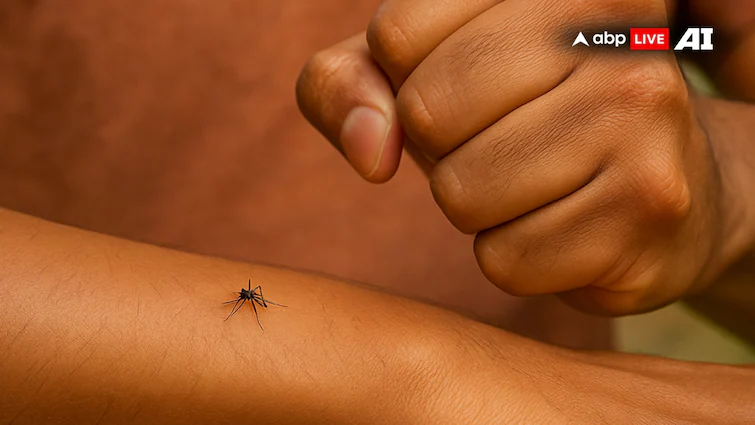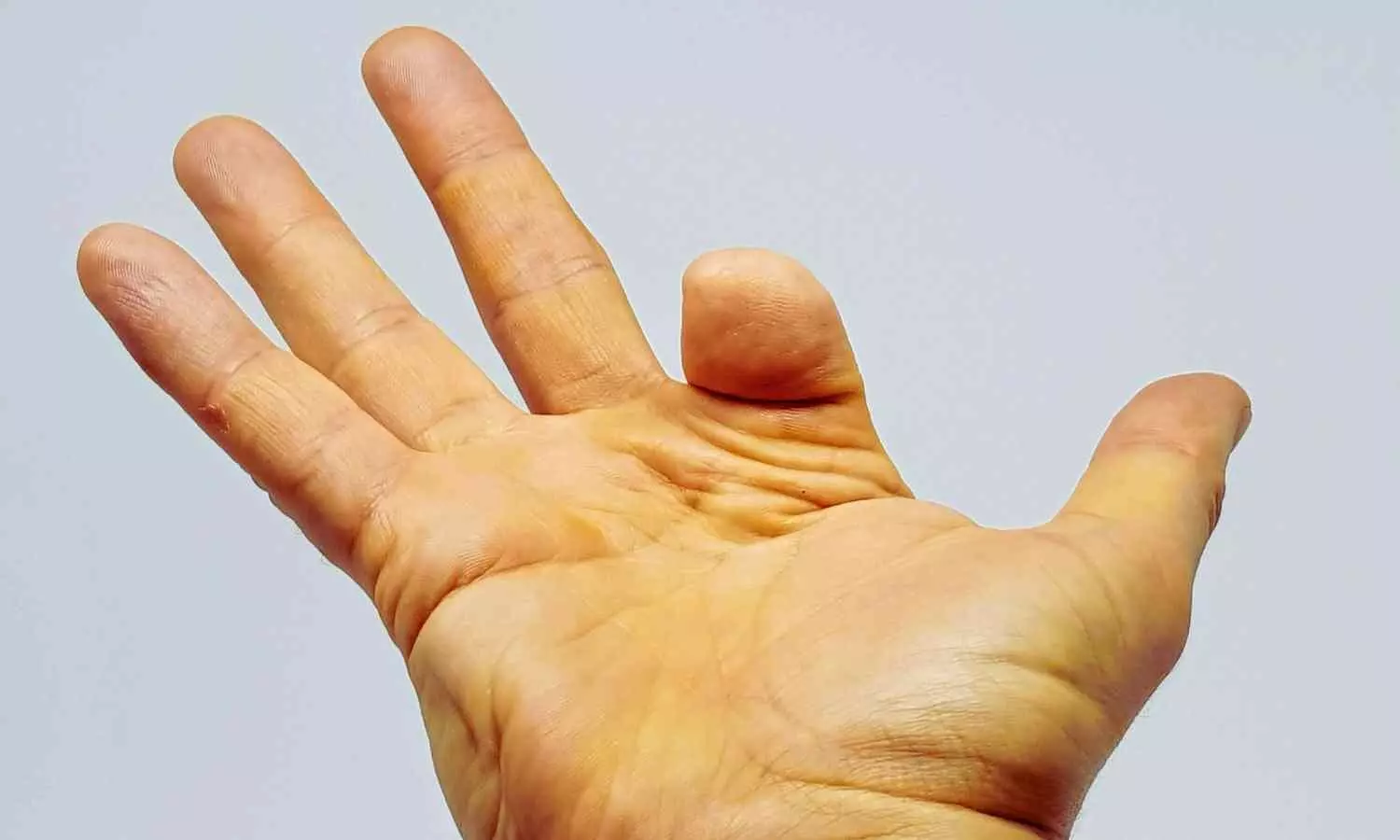By Parul Sharma
Copyright walesonline

For the majority of us, our beloved pets are the centre of our world and we’re eager to learn and comprehend everything about them. Given that our four-legged family members cannot communicate with us verbally, pet owners constantly watch for signals and behavioural changes that might provide insight into what our cherished animals are attempting to convey – especially regarding their wellbeing. A pet specialist is now warning dog owners about an incredibly widespread – and apparently innocent – behaviour our animals exhibit regularly, which might be suggesting something rather more concerning underneath. Dog owners are being urged to treat paw licking with seriousness as the autumn and winter seasons draw near. Harry Chapman, General Director at DotDotPet, warns what might seem like an odd habit could actually indicate underlying health concerns, reports the Express . The specialist explained: “Paw licking isn’t just a quirky behaviour – it’s your dog telling you something important about their health. Many owners dismiss paw licking as boredom, but it can be an early warning sign of discomfort or inflammation.” Through proper care, natural assistance, and preventative steps, pet owners can guarantee their animals stay content and comfortable throughout seasonal transitions. Cold, moist weather conditions can lead to sore skin, inflamed paws, and digestive issues in dogs. Continuous dampness from rain, puddles, mud, and frost can compromise paw pads, making them susceptible to inflammation or small cracks. Transitioning between the bitter, damp outdoors and warm, heated homes can also dry out your pet’s skin, making their paws itchy – similar to how humans often get chapped lips or dry hands in winter. Both scenarios can lead to dogs persistently licking their paws to relieve discomfort and swelling. Just like humans feel joint aches in colder weather, dogs also react to seasonal variations. Paw licking frequently rises in dogs during autumn and winter – often indicating discomfort rather than boredom. Chapman explains: “Statistics show that paw licking spikes in autumn and winter. Dogs often become slower on walks and spend more time licking their paws – these are signs of discomfort, not mischief.” Chapman recommends plasma supplements to tackle seasonal discomfort. Plasma supplements can naturally reduce inflammation and enhance skin, joint, and digestive wellness. The expert explains: “These supplements reduce inflammation naturally while supporting skin, gut, and joint health. We’ve seen excellent results in dogs experiencing autumn itchiness.” Along with supplements, these simple steps can greatly enhance your cherished four-legged friend’s paw health and help avoid seasonal discomfort: Wash: After outdoor adventures, it’s a good idea to wash your pet’s paws. This simple act can help remove any allergens or irritants that may have accumulated during their time outside. Dry : Once you’ve rinsed their paws, make sure to dry them thoroughly. Using eco-friendly towels is a great option. Pay particular attention to the areas between your dog’s toes, as moisture can linger there and cause sores or irritation. Protective balm : Before heading out for a walk, apply a protective paw balm to your dog’s pads. This creates a moisturising barrier that can help prevent irritation and cracking. Trim paw hair : Regularly trimming your dog’s paw hair and keeping the fur between their paw pads short can help prevent mud, dirt, snow, and ice from getting trapped and causing discomfort or even infections. Excess licking : Keep an eye on your dog for excessive licking and be aware of any changes in their behaviour. De-icing agents : During winter, be mindful of de-icing agents on roads and pathways. These can be highly toxic to animals if ingested, so choose your walking routes carefully. Vet visit : If your pet shows any new symptoms, always consult a vet.



